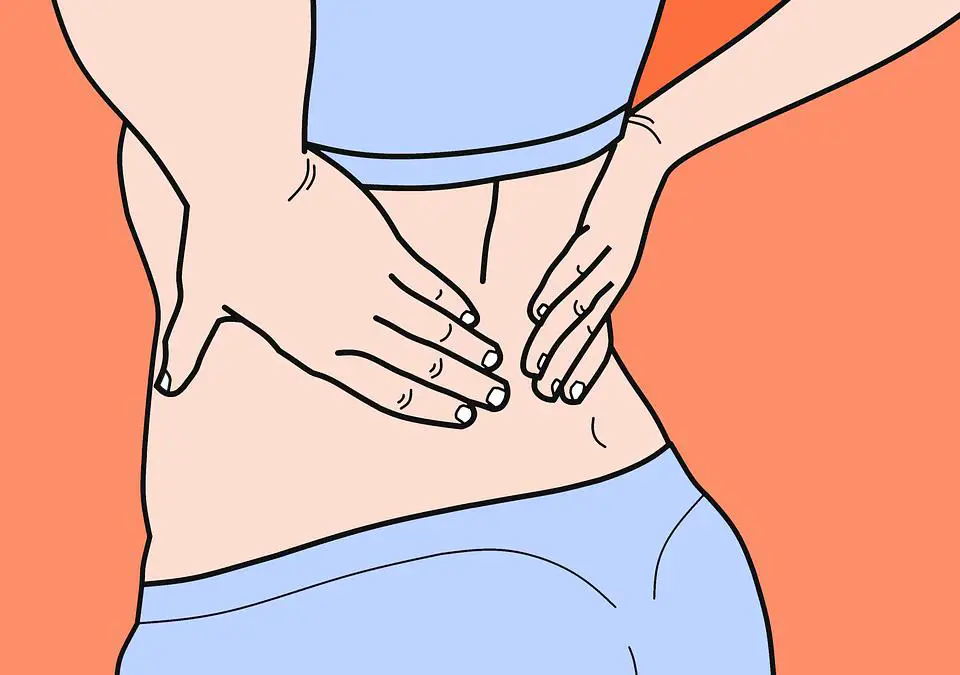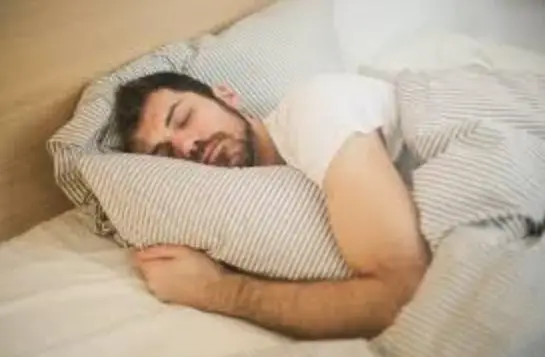Back pain is not only a major source of pain, but can also keep you up from having a good night’s sleep. Once you suffer from back pain during the night, you have a hard time recovering from it and are out of luck when it comes to solutions.
The main cause of back pain in the night is the posture that you sleep in and the quality of the mattress that you sleep on. The mattress needs to be of a decent quality, so that you don’t develop pain in your back when you are sleeping or lying down on it.
We understand just how many people in the United States develop back pain because of their poor sleeping habits. The mattress that you sleep on, along with the posture you maintain during the night, can both lead to pain in your back.
Back pain usually springs up in the vertebra of your back. Attached to the vertebra are multiple small muscle groups known as the erector spinae and large muscle groups known as trapezius. All these muscle groups can suffer because of the poor posture that you maintain when you are sleeping. Additionally, these muscles can also be ruptured if you are trying to sleep on a poor mattress that is either worn out or is too hard.
Back pain that usually starts with small ruptures in the muscle can develop into something much bigger overtime if not taken care of.
In this article, we mention some of the ways you can follow to prevent pain in the back when you are peacefully sleeping.
Get a Good Mattress
Reiterating what we mentioned above, the mattress that you sleep on plays a pivotal role in ensuring the sanctity of your back. A poor mattress will lead to an unending pain in the back that will be too serious for you to handle.
All of the following mattresses will fall in the category of a poor mattress:
- A mattress that has been used for over 7 to 8 years and is worn out beyond measure. Such a mattress needs immediate replacing, as sleeping on it would only deteriorate the condition of your back.
- A mattress that has developed dents and has a rugged structure. Such a mattress will eventually develop an uneven body structure leading to a seriesof body pains, including pain in the back. Dents in the mattress should be a warning sign or a red flag for you to change your mattress immediately, as failure to do so would put your back and you into further danger.
- A mattress that is too hard for your liking. People who are generally slim happen to have a hard time sleeping on tough surfaces. Such hard mattresses can lead to achesacross your body when you wake up in the morning. It is best to have your mattress changed if you feel that it is too hard for your liking and if you feel that you have spiraling body pain every morning.
If your mattress resembles the conditions that we have mentioned above then it is time for you to replace the old one and get a new mattress.
Appropriate Sleeping Positions
After the mattress you’re sleeping on, your sleeping position is the second most important factor to ensure a good night’s rest without pain in the back. A poor sleeping position is often the underlying cause of pain in your lower back. Certain sleeping positions tend to be awkward in nature and place unnecessary pressure on the hips, back and neck.
It is necessary that you ensure you’re sleeping along the natural curve of the spine when you are lying in bed. A person can ensure this by maintaining the right sleeping position. Some of the preferred sleeping positions for avoiding lower back pain include:
Sleeping on the Back With Knee Support
Sleeping on the back is considered one of the best and most suitable positions for you to maintain a healthy back. The position helps evenly distribute the weight of your body across the full length of your mattress.
Pain in the back usually comes up when you are sleeping on a surface or in a position that puts uneven weight and pressure on your lower back. This usually leads to an increase in pain in your lower back.
You can further enhance the efficacy of this sleeping position by placing a pillow under your knees. This would further extend your back upwards and save you from putting undue pressure on your back.
Side Sleeping With Pillow
While sleeping on the side is a popular and extremely common sleeping position, it can exert pressure on your lower back if not corrected.
Sleeping on the sides can slightly be amended by keeping a firm pillow between your knees. While sleeping on your side can disturb the natural alignment of your pelvis, spine and hips, the act of keeping a pillow makes sure that you don’t have anything to worry about. This will raise your upper leg and keep all dysfunctions at bay.
Sleeping on the Front of Your Body With Adjustments
Sleeping on the front of your body is usually considered the worst possible sleeping posture for your body and back. However, if you can’t practice any alternatives, there is room to make amendments within this sleeping style and conveniently practice it.
Adjustments you need to do include putting a pillow under your stomach region. This will help maintain the natural alignment of your hips and spinal region. Additionally, you can also try sleeping with your head face down, rather than turned sideways. Turning your head sideways can cause strains to appear on your upper spinal region.
Affiliate Disclosure
Affiliate Disclosure: I may earn a small commission (at no cost to you) if you purchase a mattress after clicking a referral link or using a coupon code on this site. That said, all content and opinions on this site are my own and are NOT affected by these payments.
This site participates in the Amazon Services LLC Associates Program, an affiliate advertising program designed to provide a means for sites to earn advertising fees by advertising and linking to Amazon.com.
*Amazon and the Amazon logo are trademarks of Amazon.com, Inc, or its affiliates.




